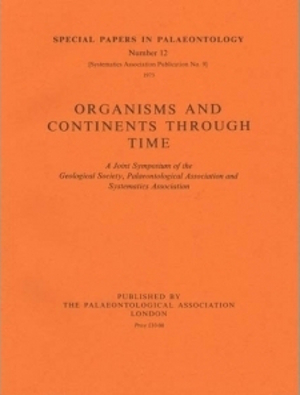Reg. Charity No. 1168330

Some of the main problems of both gymnosperm and angiosperm distribution from the Mesozoic and Tertiary are re-examined using palaeolatitudes provided from the palaeomagnetic evidence. The general conclusions are most encouraging for palaeobotany in that pre-Eocene extinct plant fossils may be used with much greater confidence as climatic belt indicators.